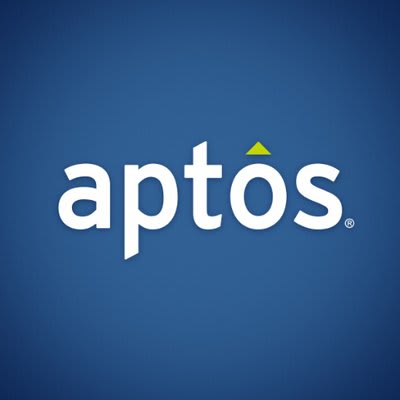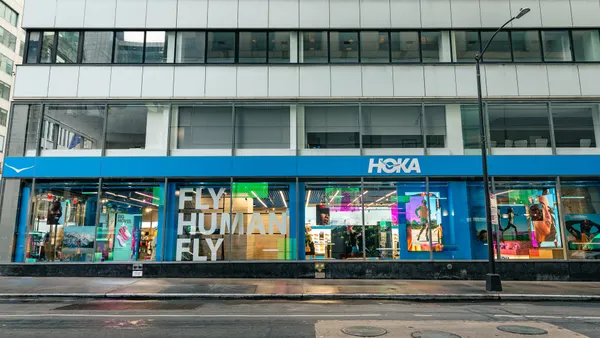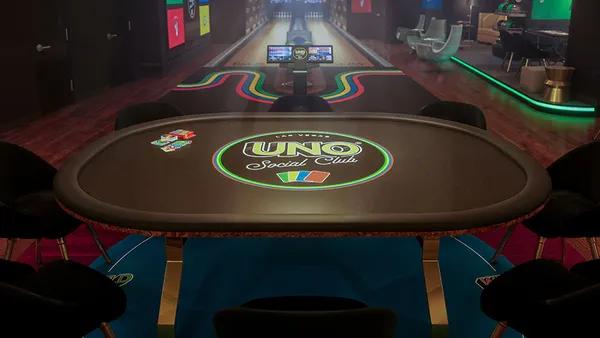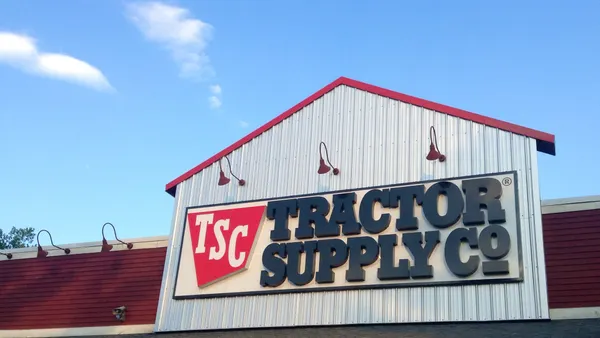Dive Brief:
-
Target has unveiled a series of "adaptive apparel" products — made specially for kids and toddlers living with disabilities — for its Cat & Jack lines, which will be available starting Oct. 22.
-
In an effort to make getting dressed easier, Target’s internal design team created the 40-item assortment with features like side and back snap and zip closures and hidden openings for abdominal access, the company said in a blog post. This summer the retailer unveiled Cat & Jack designs taking into account sensory sensitivities.
-
Items in the adaptive lines come in toddler and children's sizes, with prices ranging from $4.50 to $39.99, and most items under $19.99, the company said.
Dive Insight:
Cat & Jack, unveiled by Target last year as part of its effort to update its private label apparel and home goods, has surpassed the $2 billion mark to be one of Target’s largest brands ever, the company reiterated on Wednesday.
Target developed the line (which replaces its mainstay Cherokee and Circo kids labels) by consulting feedback and opinions from a range of children. The retailer is incorporating technical design as well as fashion chops to appeal to parents with children who struggle with itchy tags and hard-to-master closures and pockets, something that came out of the company's ongoing consumer research, according to a blog post.
Judging by efforts to double-down on its "cheap chic" merchandise differentiation, Target seems unwilling to cede much to Amazon or anyone when it comes to home decor and apparel, which outgoing executives earlier this year said account for about $26 billion in sales.
Merchandise differentiation has been a key Target strategy since it lost a bruising price war with Walmart in the 1980s. In addition to partnerships with designers and brands, Target is working hard to bolster its own brands. It has plans to roll out 12 new labels over the next 18 months, using the same research and design approach applied to developing its successful Pillowfort and Cat & Jack kids lines.
"I think their goal is to build their in-house brands more," Maya Mikhailov, chief marketing officer and co-founder of GPShopper, told Retail Dive earlier this year. "Target was always known for design, earning the moniker 'Tar-zhay.' Their new streak appears to be focused on re-energizing that. It seems to be a natural extension of what their original brand promise was."
Sales from such merchandise have been able to bolster margins amid an emerging price war in consumables and grocery. Last month Target announced a series of price cuts to those goods, an effort to get the word out that it's willing to play on that field. While Target has a reputation for being higher priced than Walmart, that’s not quite true, according to Profitero vice president of strategy and insights Keith Anderson.
"I don’t know that they really struggle to compete on price the way some people perceive them to," Anderson said. "Target does carry items closer to the 'better' and 'best' category, but on exactly the same item, Target really is competitive. People walk into Walmart and walk out pleased about the prices, and people walk into Target and walk out with things they hadn’t planned on buying, so they perceive Target as more expensive.”














